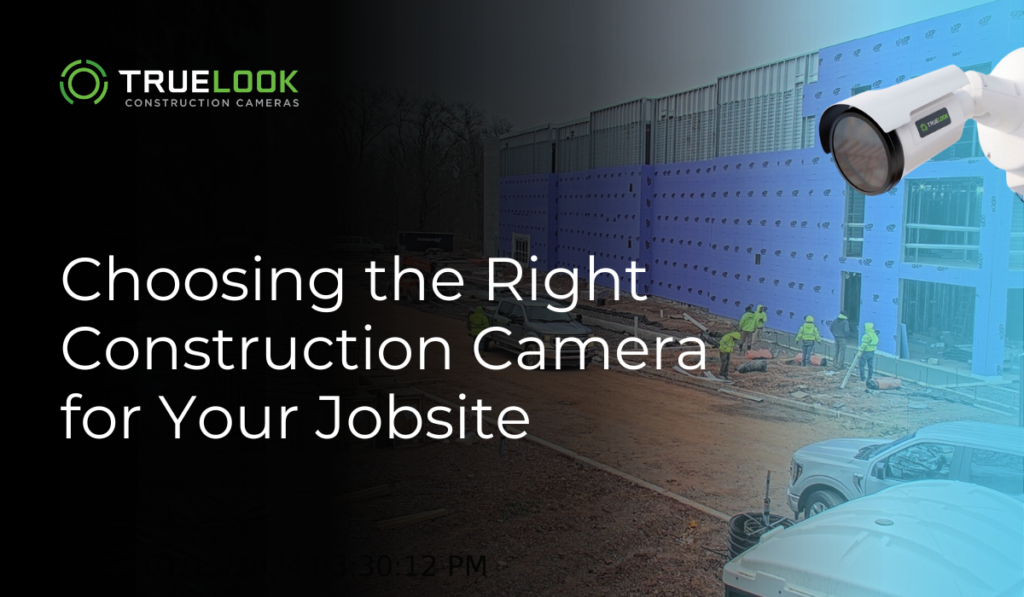
In recent years, construction cameras have become a cornerstone of modern construction sites. The last decade has witnessed a remarkable evolution in camera technology, making them not only more durable and energy-efficient, but also packed with advanced features such as real-time monitoring, time-lapse capabilities, and motion alerts. Project managers know that implementing the right cameras on your site can greatly improve site safety, reduce risks like theft, and enhance project documentation, unlocking opportunities for marketing and communication.
However, selecting the ideal camera for your construction site can be overwhelming. The market offers a variety of choices, with multiple vendors, camera styles, and features, often leading to decision fatigue among project managers who have to invest considerable time in finding the perfect fit.
At TrueLook, our goal is to make choosing the right camera easy, so we’ve broken down everything you need to know and consider when it comes to researching and buying construction cameras.
1. What are your jobsite requirements?
First, it’s important to define the requirements of the jobsite at hand. Start by considering the following questions:
All of these factors will influence your decision on what camera system is the best fit for your project. Many cameras specialize in only certain features, such as time-lapsing, so knowing which features you want to prioritize is essential for picking the right camera. You can also look for cameras that include all of these features for a flat service fee.
2. What type of camera do you need?
Fixed-Position Cameras vs. PTZ Cameras
As you may assume from the name, fixed-position cameras offer one fixed view. Their fixed position offers many benefits, including:
- Digital zoom, which loses some image quality when zooming
- Ultra-stable time-lapses, because the camera view never moves
- More affordability since it does not include robotic parts
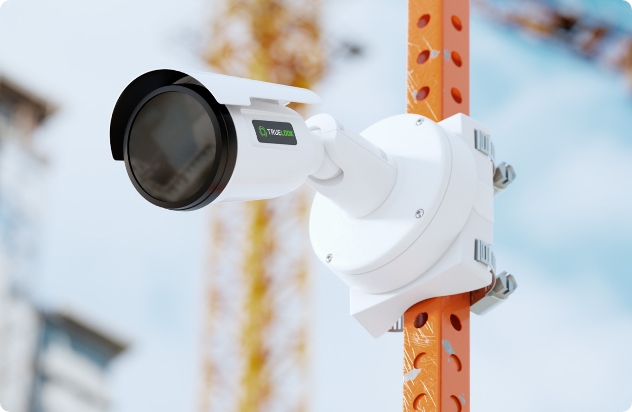
PTZ cameras are more dynamic and can be strategically positioned to capture large-scale projects and create panoramic time-lapses. PTZ camera benefits include:
- 360° views with user-controllable robotic movements
- Optical zoom of 10x or more, offering views of distances with no loss in image quality
- Time-lapsing multiple areas from one camera
- Panoramic images and time-lapses (available on some models)
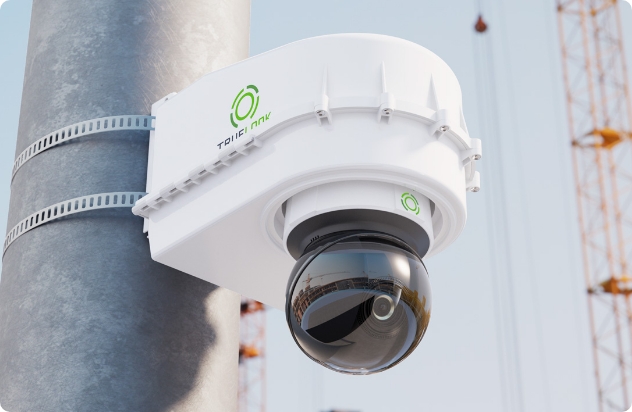
Fixed-position cameras are great for focusing on specific areas of your jobsite such as entry points or storage locations. Although PTZ cameras are typically more expensive than fixed-position cameras, project managers can often use fewer total PTZ cameras to monitor their site since they are dynamic and can provide footage from multiple angles.
If you choose a PTZ, just make sure the vendor is giving you one with true optical zoom. Discount vendors are increasingly offering knockoff PTZs which look similar, but don’t have the robotic parts necessary to achieve optical zooming.
How Do You Pick Between Fixed-Position and PTZ Cameras?
One major thing to consider is the size of your jobsite. Smaller jobsites can often be covered with one fixed-position camera, while larger jobsites may need one PTZ camera, multiple fixed-position cameras, or even a combination of the two. In fact, using both PTZ cameras and fixed-position cameras is a common practice on many jobsites.
Exterior vs. Interior Cameras
One last thing to consider is exterior versus interior cameras. While these cameras will often offer most of the same features, a key difference is that they’re built for different conditions. Camera ratings help identify a camera’s resilience to certain environmental conditions, and since they’re protected from the elements, interior cameras don’t need as high of ratings as their exterior counterparts.
These lower rating requirements allow many interior cameras to be lower cost and lighter weight. That makes it easier to purchase as many as you’d need for large interior spaces and means they’re easy to relocate as needed in the case of multi-phase projects. Many interior cameras also offer wider-angle views, allowing you to capture an entire room with one camera.
3. Do you have certain concerns or requirements that need to be addressed?
Once you have narrowed down the type of camera and features that you are looking for, the next factor to consider is constraints and requirements. Consider the following questions.
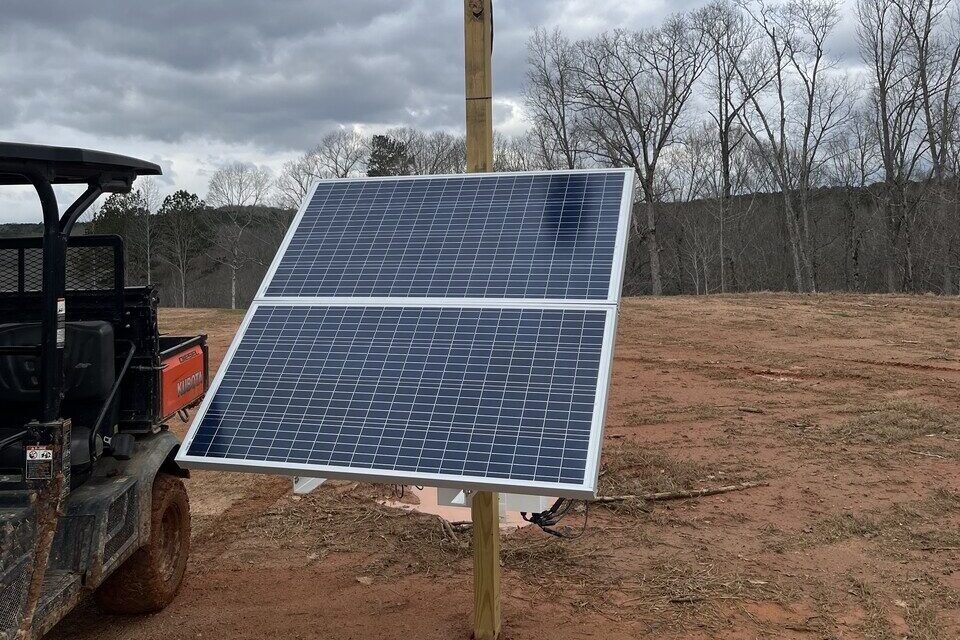
Does your jobsite have a readily available power source?
Many companies offer a select lineup of cameras that can be solar-powered. TrueLook Cameras can all be equipped with a solar power supply and are eligible for a Federal Energy Tax Credit (ITC) through Form 3468.
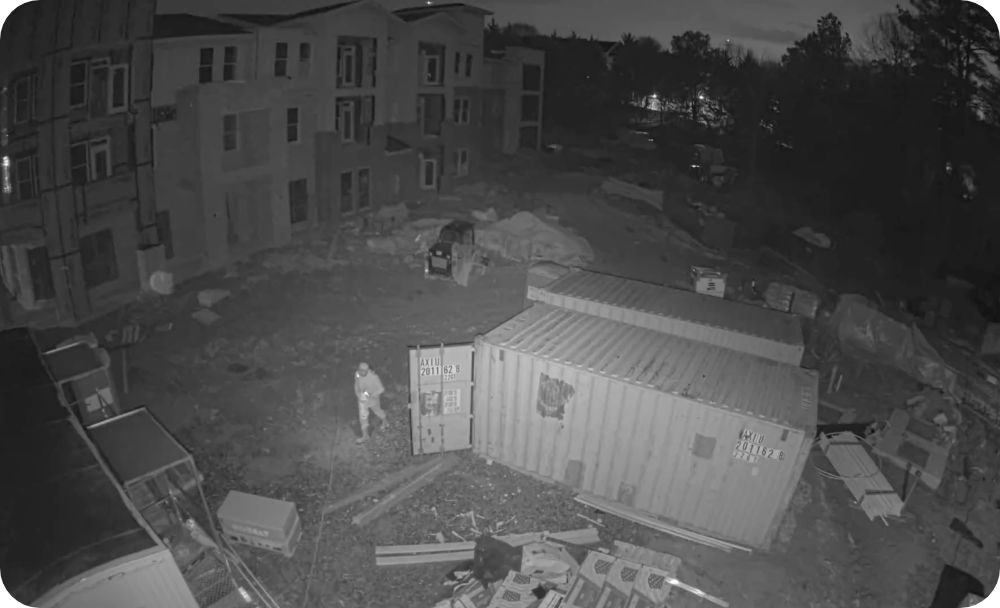
Does your jobsite need increased security?
Some jobsites need more security than others. If yours does, then you might want to consider cameras with built-in infrared, aka night vision, for clear night footage. You can also look into cameras with features like motion detection alerts.
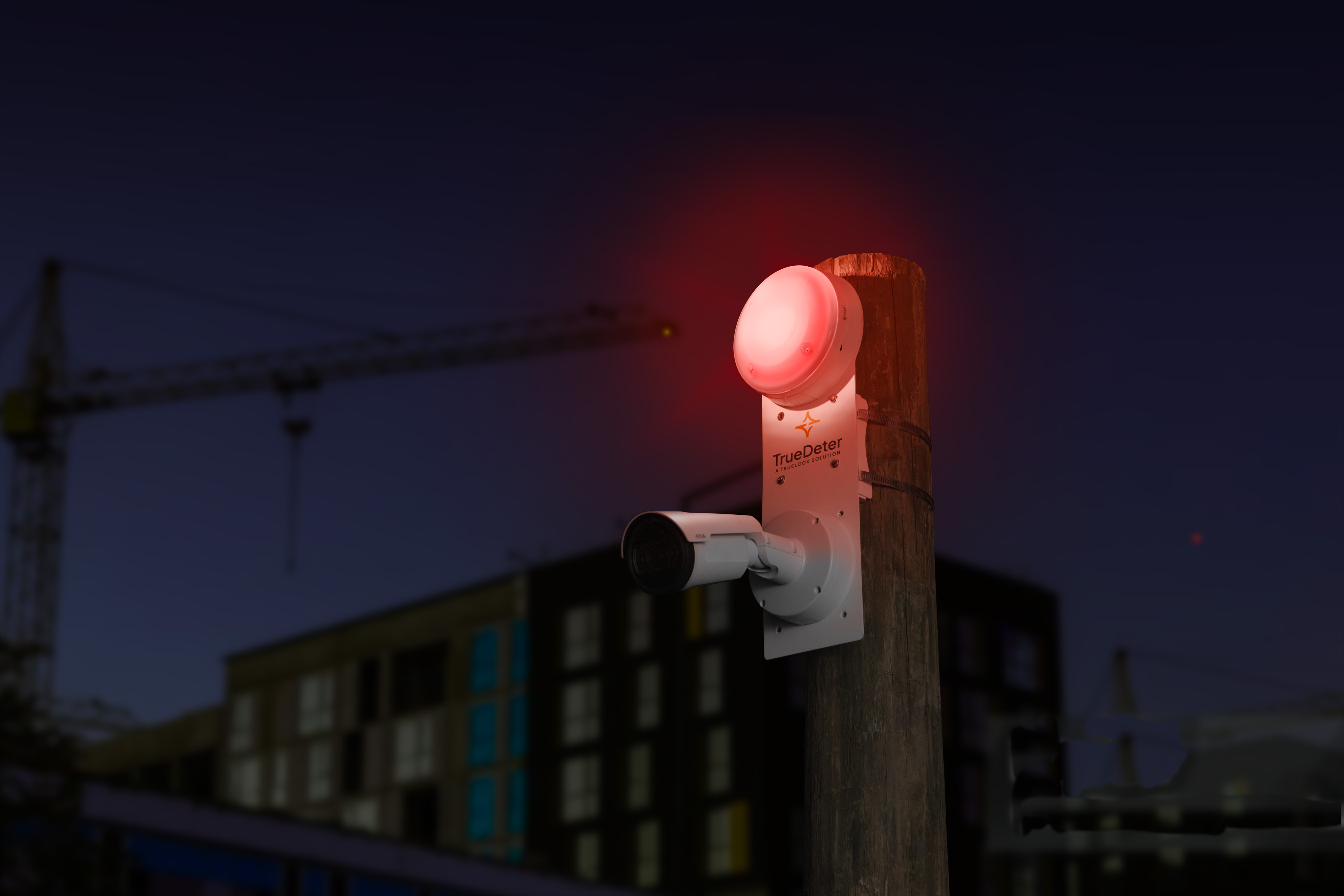
Are there certain compliance or insurance requirements?
Another factor to consider is whether you have any Builder’s Risk or other insurance requirements. You can add certain features like strobes and sirens, which can assist with meeting these requirements.
Every insurance provide has different Builder’s Risk requirements so make sure to check with your provider before selecting a camera solution. You can also look at investing in a professional jobsite monitoring service for extra peace of mind. This service will watch your jobsite during set hours (typically at night), investigate motion alerts, and alert you in the case of an incident.
4. Choosing a Construction Camera Vendor
The last factor to consider when choosing a construction camera is the vendor. It’s important to work with a construction camera vendor who can support your needs both short-term and long-term.
When evaluating vendors, don’t hesitate to reach out to ask questions. Cameras are a substantial investment, so find a vendor who openly and transparently provides answers to all of your questions — from cost structure and warranty stipulations to customer support and post-project data access options. Write your questions down ahead of time so you can put the vendor to the test.
Here’s a list of things you might want to inquire about:
- Equipment
- What features are available?
- What installation and mounting options are available?
- Software
- Will I need to install software?
- Is your software mobile-friendly?
- Support
- What is your warranty?
- Do you provide 24/7 customer support?
- Cost
- Will I be leasing or purchasing the camera?
- Are there add-on features that I will need to pay for?
- Are there hidden fees that I should be aware of, such as data caps?
- Post Project
- How long will I retain access to my data after a project is completed?
- What do I need to do to get a camera up and running on my
- next project?
For a comprehensive list of questions to ask your vendor, check out TrueLook’s Buyer’s Guide. Our updated guide is designed to help you make an informed decision about what type of camera is right for you, based on your project needs. It contains all the information you need to get up to speed about the types of cameras available, what they’re used for, and how you can leverage advanced technologies to streamline back-office operations with access to high-quality photos and video from construction cameras.
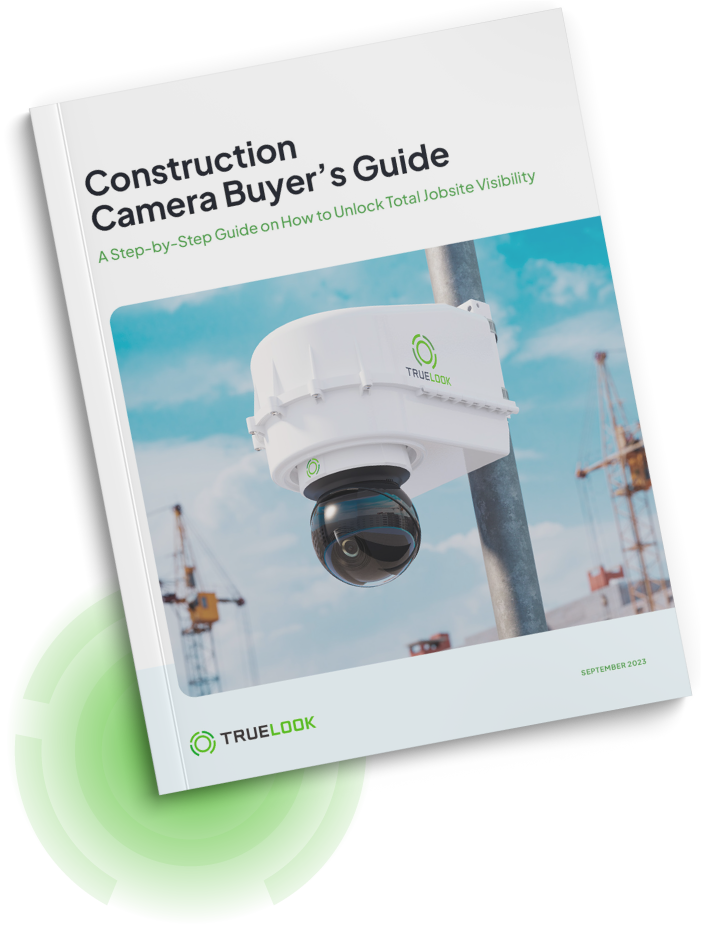
TrueLook is proud to offer 24/7 support, Free-Forever Media Storage, and a variety of add-on services to make managing projects easier. Want to learn more? Reach out to our team today for further discussion and assistance.
Learn how TrueLook can elevate your jobsite today!
Our experts are standing by to provide you with a customized recommendation based on your jobsite.

